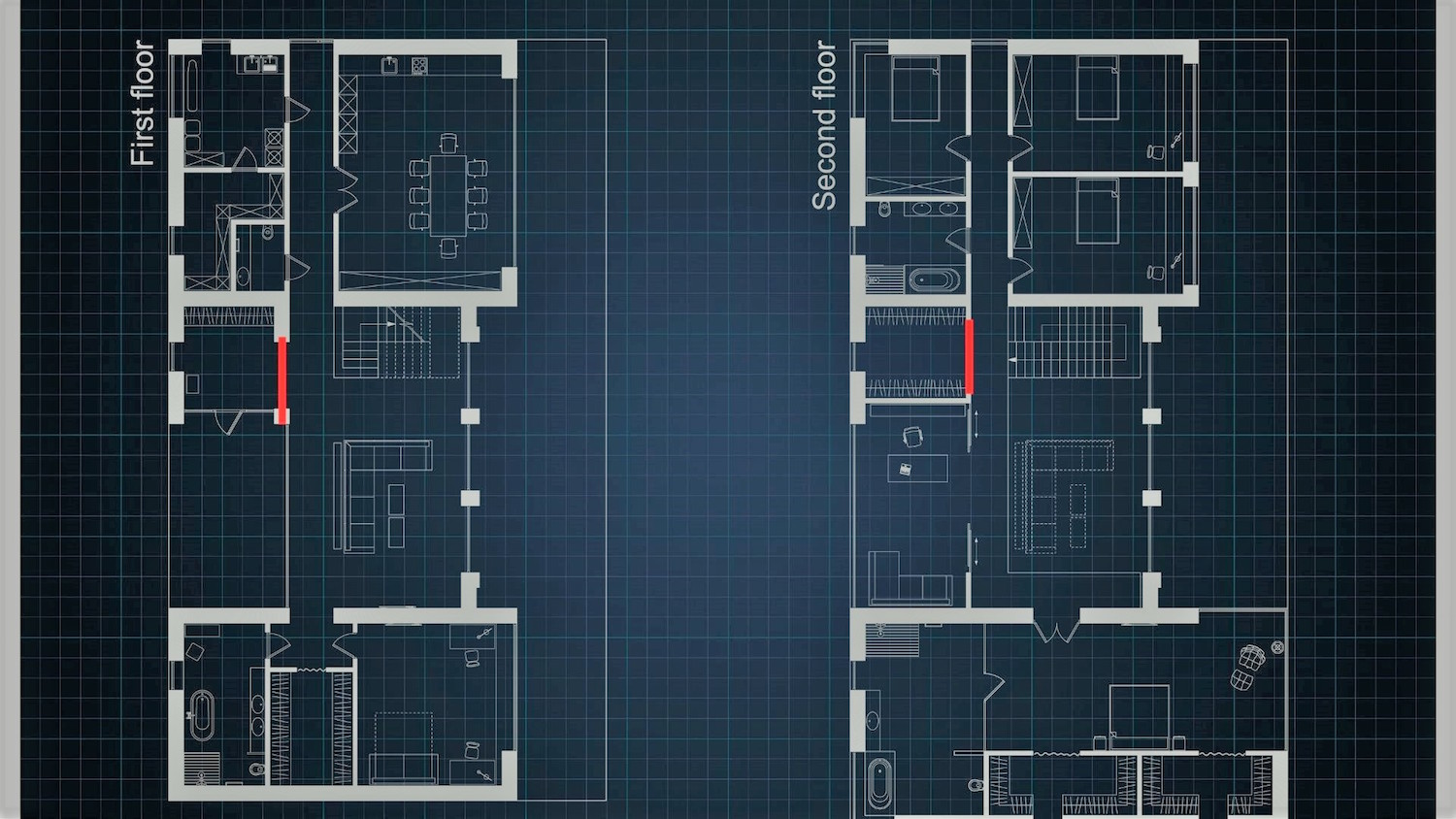
A demonstration project has successfully digitalised the Approved Documents compliance process.
The so-called D-COM demonstrator project (a partnership between the Construction Innovation Hub and Cardiff University’s Digital Compliance Network) has enabled the digitalisation of Approved Documents, so they are machine-readable and easier to compare against building and product information.
Also involved in D-COM were: international BIM consultancy AEC3 UK; construction software giant Solibri UK; and innovation management specialist Process Innovation Factory.
D-COM is supported by a digital ecosystem that integrates the tools and data sources that firms must use as part of the compliance process, making information more accessible and, the Hub hopes, driving greater and more consistent levels of compliance.
Real-world BIM models
D-COM’s technology was run against real-world 3D BIM models in Solibri’s system for the proof of concept. D-COM interprets the approved document, works out what requirements are relevant to a project, and then interfaces with Solibri (and other similar systems) to ask for feedback. Thus, a project team can get an early view of compliance failures before going to building control without much human input.
Also included are tools that create audit trails of compliance checks, which will help in fulfilling requirements for golden threads for buildings.
Dr Thomas Beach, reader at Cardiff University and D-COM Network leader, explained: “The successful development and demonstration of our prototype demonstrates the power of machine-readable construction guidance. This includes the ability to visualise and interrogate changes between document versions, as well as searching and drawing together all clauses focused on key concepts across the different documents that make up the UK construction regulatory landscape.
“This project has shown that semi-automated checking of building designs is feasible now and that its feasibility will grow as information management adoption increases.”
Integrating compliance checking tools
He added: “Furthermore, it has shown that there is a large number of high-quality tools that assist in the compliance checking process already available – what is needed is the ability to integrate these tools. This is a task that the prototype developed in the project is able to do well, integrating the text of the Approved Documents, high-level decision making and technical compliance checking tools, to provide a complete compliance checking solution.”
Dr Ahmed Alnagger, the Hub’s digital construction lead, said: “Creating that confident relationship between our buildings, linear infrastructure and trust of those who use them is essential. This connection needs a clear line-of-sight between our built assets and compliance with regulatory frameworks.”
Those involved in D-COM are keen to find organisations keen to take the technology to the next stage.
The D-COM project sits alongside other projects the Hub is completing around quality assurance processes and building product information. This includes LEXiCON, which will drive the creation of standardised construction product templates. This supports the goals of D-COM by making product information easier to compare against approved documents.
Don’t miss out on BIM and digital construction news: sign up to receive the BIMplus newsletter.












